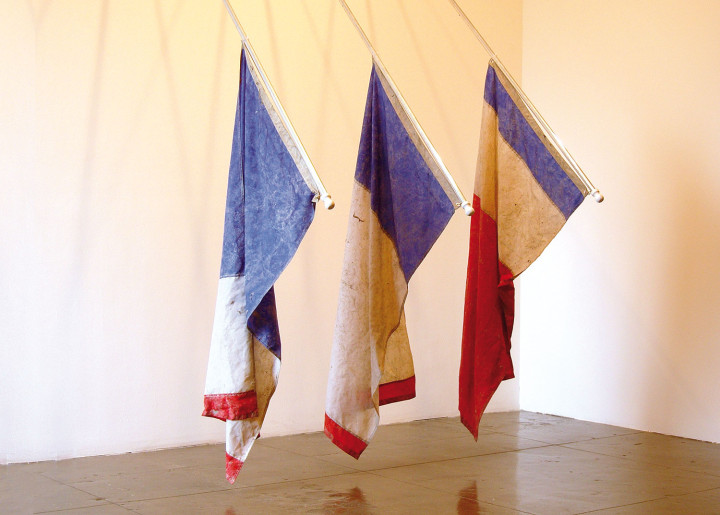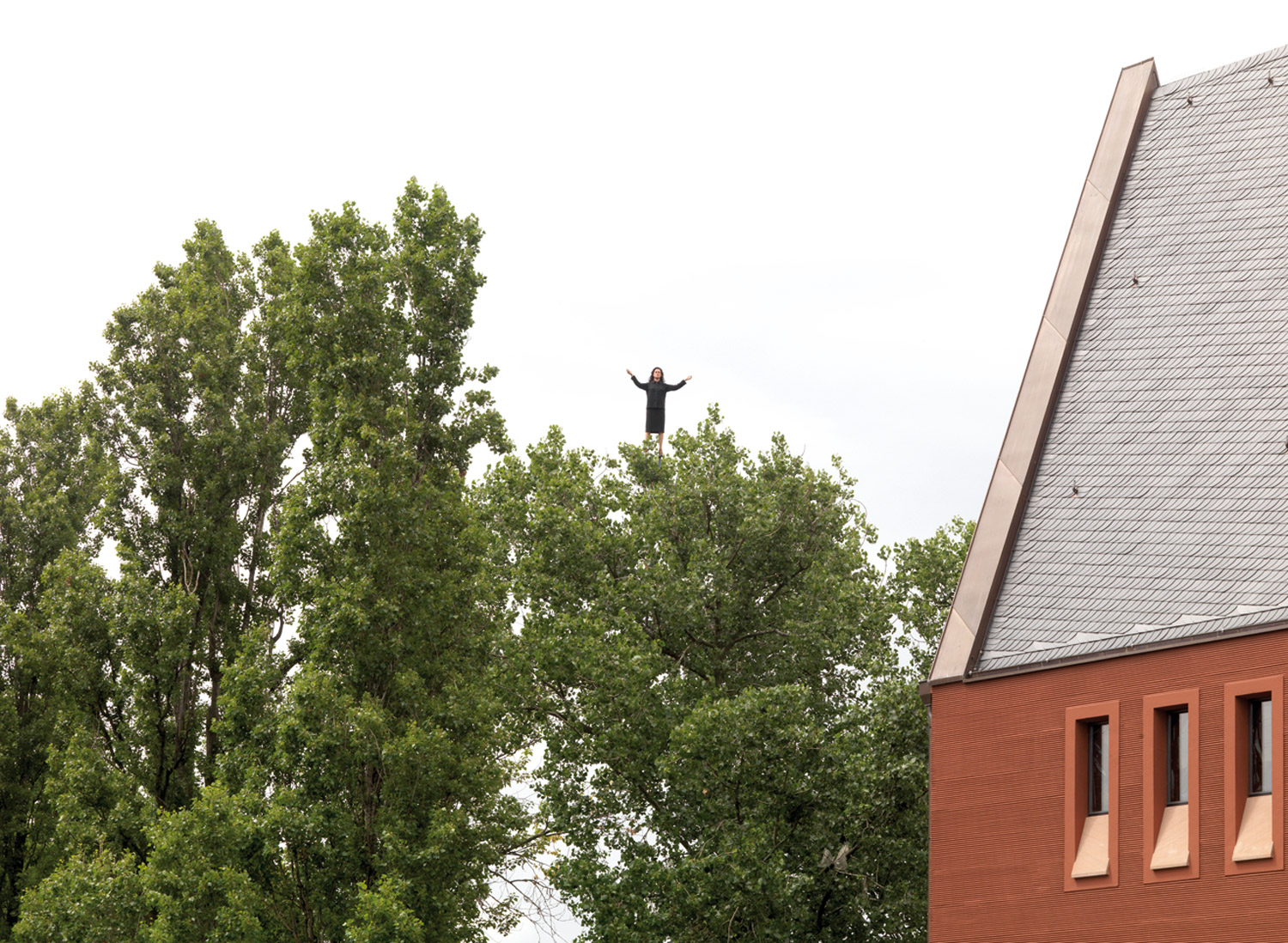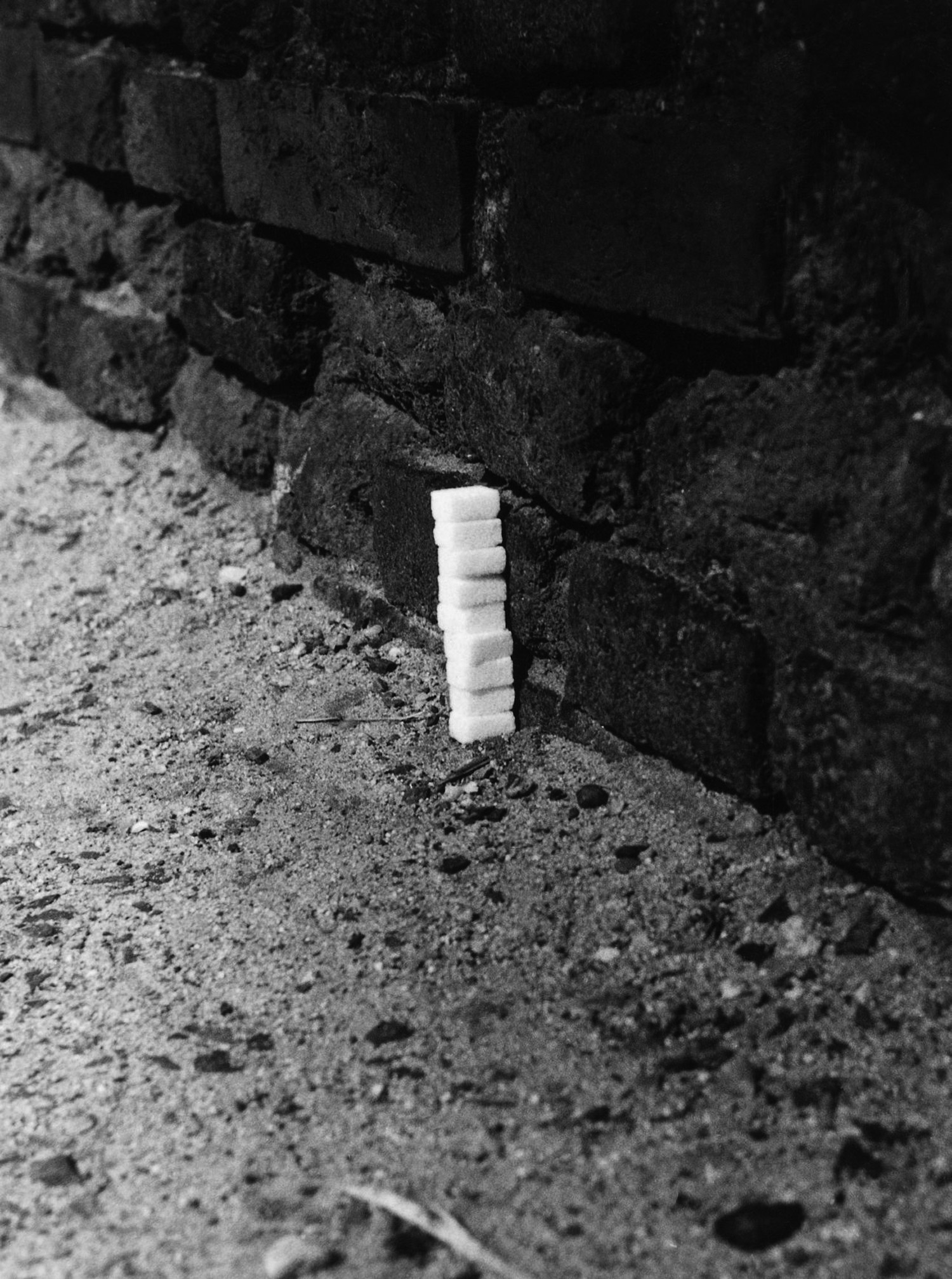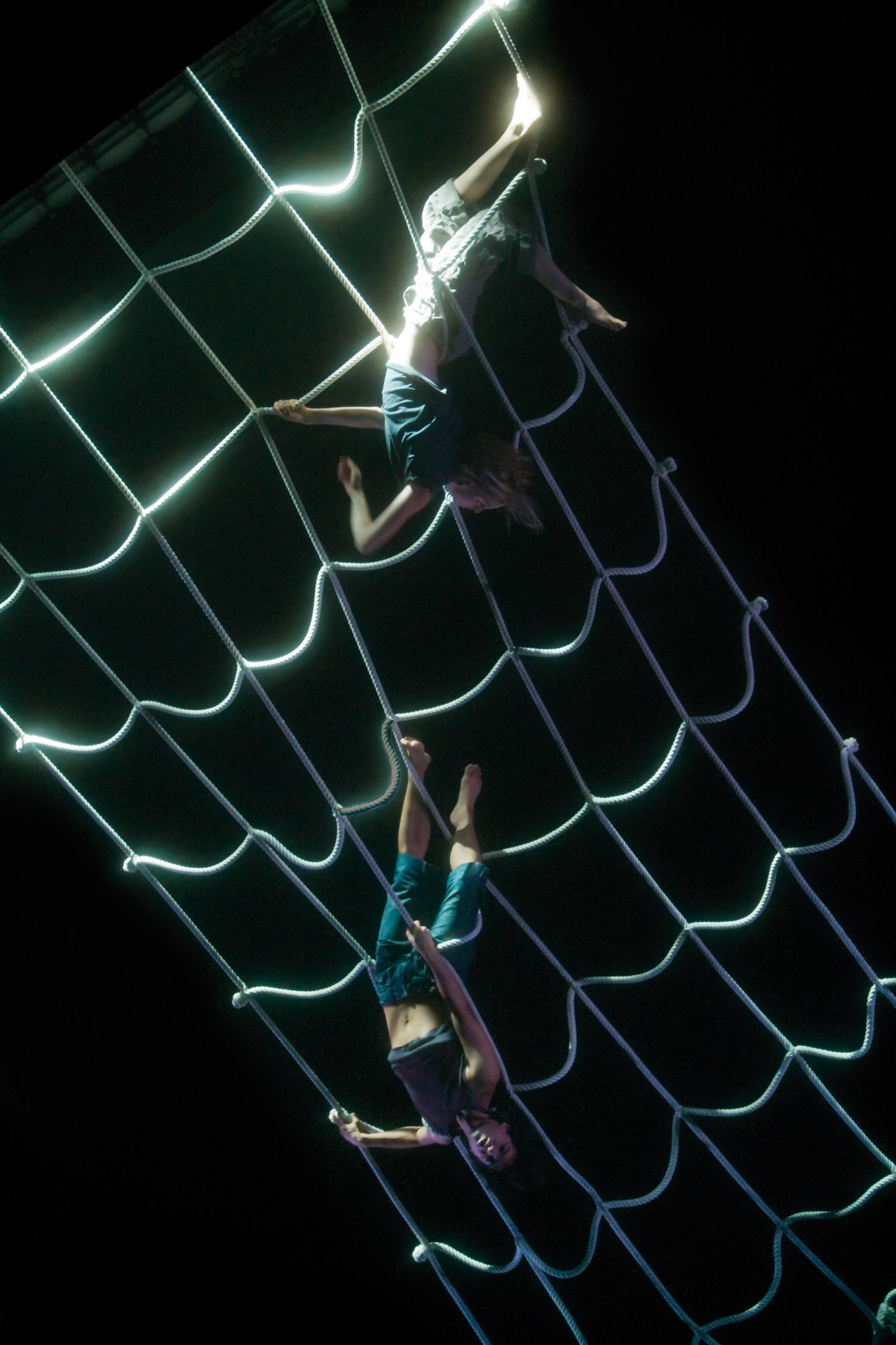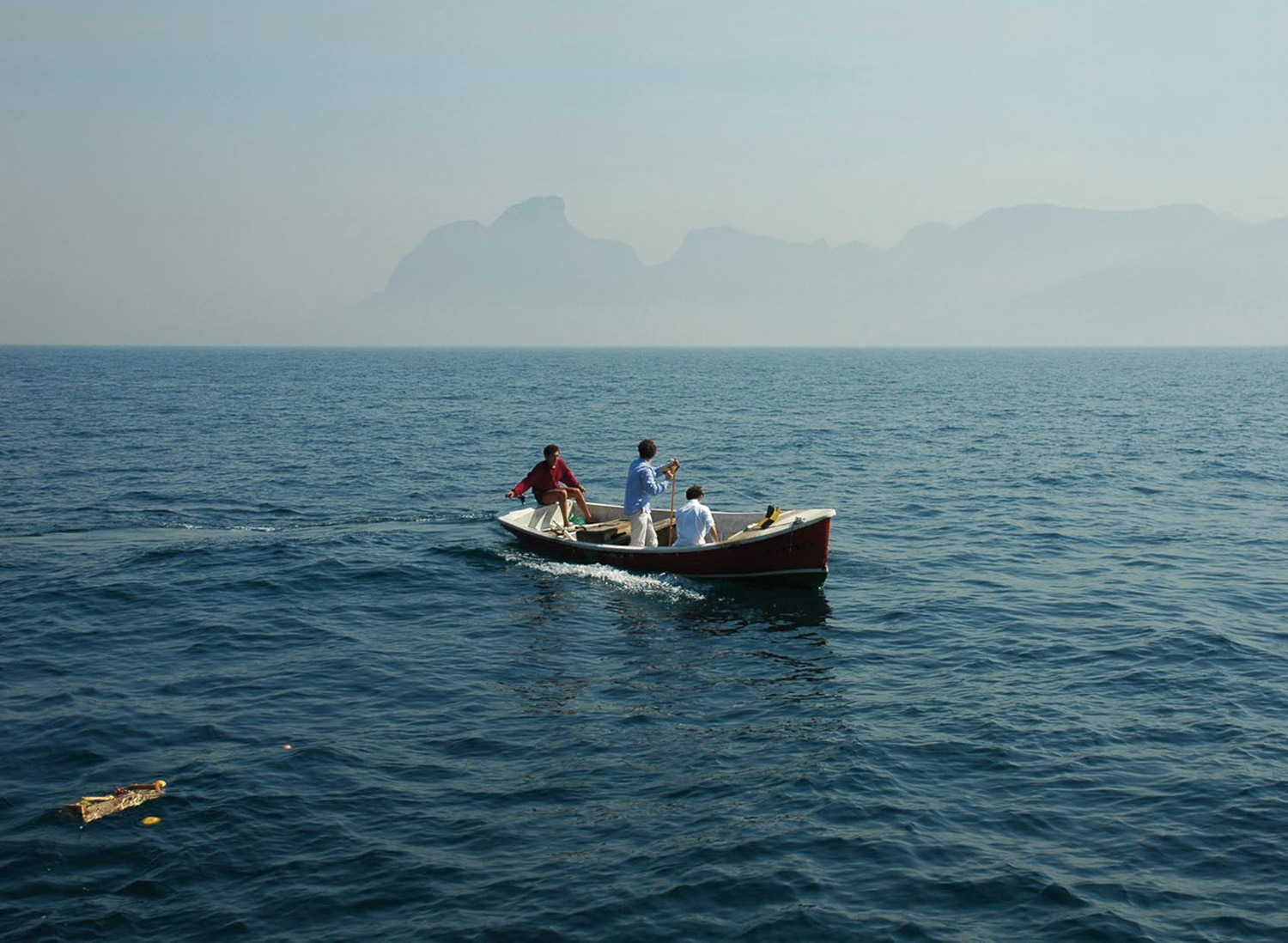
Claire Fontaine: the name of a studious young woman, a nice French Artist, the name of a blank page (Claire Fontaine is the name of a brand of French scholastic stationary), waiting for us to write her story. A passive, available name that states with both brutality and delicateness how subjects are transformed into objects. Claire Fontaine has chosen to work in Paris, where this question requires a certain urgency, in a country where people blindly think of themselves as subjects and gloat in a democratic system without realizing to what point any kind of discourse has been reduced to sheer, shameless spectacle. Was this the meaning of a poster produced by Claire Fontaine, which consisted of a map of France in Arabic? Or simply a disloca- tion, in the French context, wherein she invites one to look at one’s self as an object of the other’s gaze, the latter particularly stigmatized during times of uninhibited national identity? Claire Fontaine refers to herself as a “ready-made artist,” which perhaps means for the two people who call themselves her assistants, Fulvia Carnevale and James Thornhill, that art is not a vocation but rather the decision to operate within this field by default. “Contemporary art has made this habit of participating in the disaster without being able to question it into its basic, structural principle. (…) It questions what we can’t understand, and nevertheless contributes — as much as these lines do — to the functioning of the machine,” Claire Fontaine lucidly wrote in the text “Footnotes on the State of Exception.” To partic- ipate in art, to integrate into its market in order to dislocate the rhetoric of polarization between collaboration and cynicism, by choosing arro- gance over contrition, at the risk of cynicism. Claire Fontaine states the terms of a non-dissi- dent negativity, like her colleagues Bernadette Corporation and Reena Spaulings. “We don’t know what we want, but we know how to get it,” said the Sex Pistols: if there is no future in this world, we want the present and fast. Rather ’77 than ’68. Like Julien Torma — a writer who placed zero importance on the publication of his texts — said as well: “There aren’t any keys. When the house blows up, no need to open or close the door.” It remains to be seen if Claire Fontaine wants to blow up the house, and which one. That which makes her a troubling artist, in her renegade posture of fetishistic nihilist, sometimes a subversive and sublime jeweler (her work of an American quarter hollowed out and outfitted with a blade, or her thief’s skeleton key set), and at other times, more dubious in the pose of an insurrectional intellectual with her bricks enveloped in books covers. While the context of galleries, where one preaches to converts (what could one learn today by seeing La Société du spectacle by Guy Debord on a Sony Playstation?), may cancel out any critical intentions. It would be sad if Claire Fontaine decorated the rapturous consumerism of contemporary art fairs with only a book cover.

